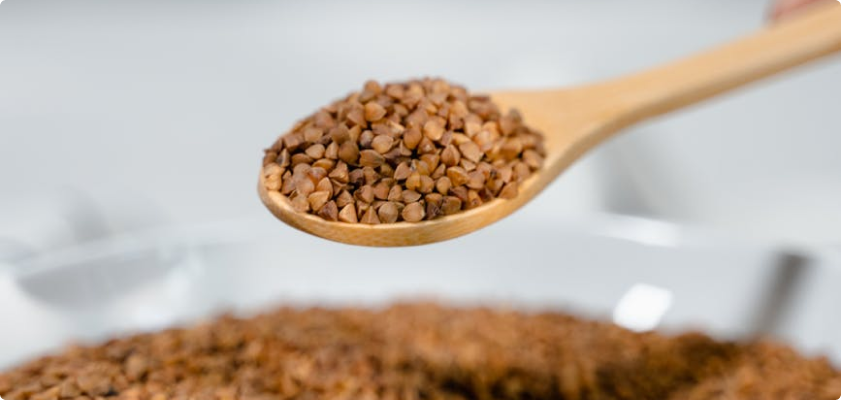1. Start with the Basics
Staple Grains and Pasta:
- Brown Rice: A versatile, budget-friendly whole grain.
- Whole Wheat Pasta: A nutritious alternative to regular pasta.
- Oats: Great for breakfasts and baking.
Canned and Dried Beans:
- Black Beans, Chickpeas, Kidney Beans: High in protein and fiber, they’re perfect for soups, salads, and stews.
- Lentils: Cook quickly and are great for soups and side dishes.
Canned Tomatoes:
- Diced, Crushed, and Tomato Sauce: Useful for sauces, soups, and stews.
Cooking Oils:
- Olive Oil: For dressings and sautéing.
- Vegetable or Canola Oil: For general cooking needs.
2. Incorporate Protein Sources
Canned Tuna and Salmon:
- Affordable and Shelf-Stable: Ideal for quick meals like salads or sandwiches.
Nut Butters:
- Peanut Butter or Almond Butter: Budget-friendly sources of protein and healthy fats.
Powdered or Canned Milk:
- Non-Dairy Alternatives: Store for baking and cooking.
3. Add Flavor and Variety
Spices and Herbs:
- Essential Spices: Salt, pepper, garlic powder, paprika, cumin, and chili powder.
- Herbs: Basil, oregano, thyme, and rosemary. Dried herbs are more cost-effective and last longer.
Condiments and Sauces:
- Soy Sauce, Vinegar (Balsamic, Apple Cider): For adding flavor to dishes.
- Hot Sauce, Mustard, and Ketchup: For variety and seasoning.
Stock or Broth:
- Chicken, Beef, or Vegetable Broth: For soups and cooking grains.
4. Choose Nutrient-Dense Foods
Nuts and Seeds:
- Almonds, Sunflower Seeds, Chia Seeds: Buy in bulk to save money. They’re great for snacking and adding to meals.
Dried Fruits:
- Raisins, Apricots, or Dates: Use as snacks or in cooking and baking.
Frozen Vegetables and Fruits:
- Affordable and Nutritious: Frozen produce often costs less than fresh and can be stored longer.
5. Plan and Shop Smart

Create a Shopping List:
- Stick to Your List: Avoid impulse purchases by planning ahead and focusing on essential items.
Buy in Bulk:
- Cost-Effective: Purchase staple items like rice, beans, and oats in bulk for lower prices.
Compare Prices:
- Check Unit Prices: Compare per-unit prices to find the best deals on pantry staples.
Look for Sales and Discounts:
- Use Coupons and Loyalty Programs: Take advantage of sales, discounts, and store rewards programs.
6. Store and Organize
Use Airtight Containers:
- For Dry Goods: Helps prevent spoilage and keeps items fresh.
Label and Date Items:
- Track Freshness: Ensure you use older items first and maintain organization.
Keep an Inventory:
- Know What You Have: Regularly check your pantry to avoid over-purchasing and wasting food.
7. Get Creative with Recipes
Batch Cooking:
- Make Large Quantities: Cook large batches of meals and freeze portions for future use.
Utilize Leftovers:
- Transform Leftovers: Turn them into new meals like soups, stews, or casseroles.
Explore New Recipes:
- Try Budget-Friendly Meals: Look for recipes that use pantry staples in creative ways.
Conclusion
Building a balanced pantry on a budget involves selecting versatile, nutrient-dense items, shopping smart, and utilizing what you have effectively. By focusing on essential staples, buying in bulk, and being organized, you can create a well-stocked pantry that supports healthy eating and convenient meal preparation without breaking the bank
